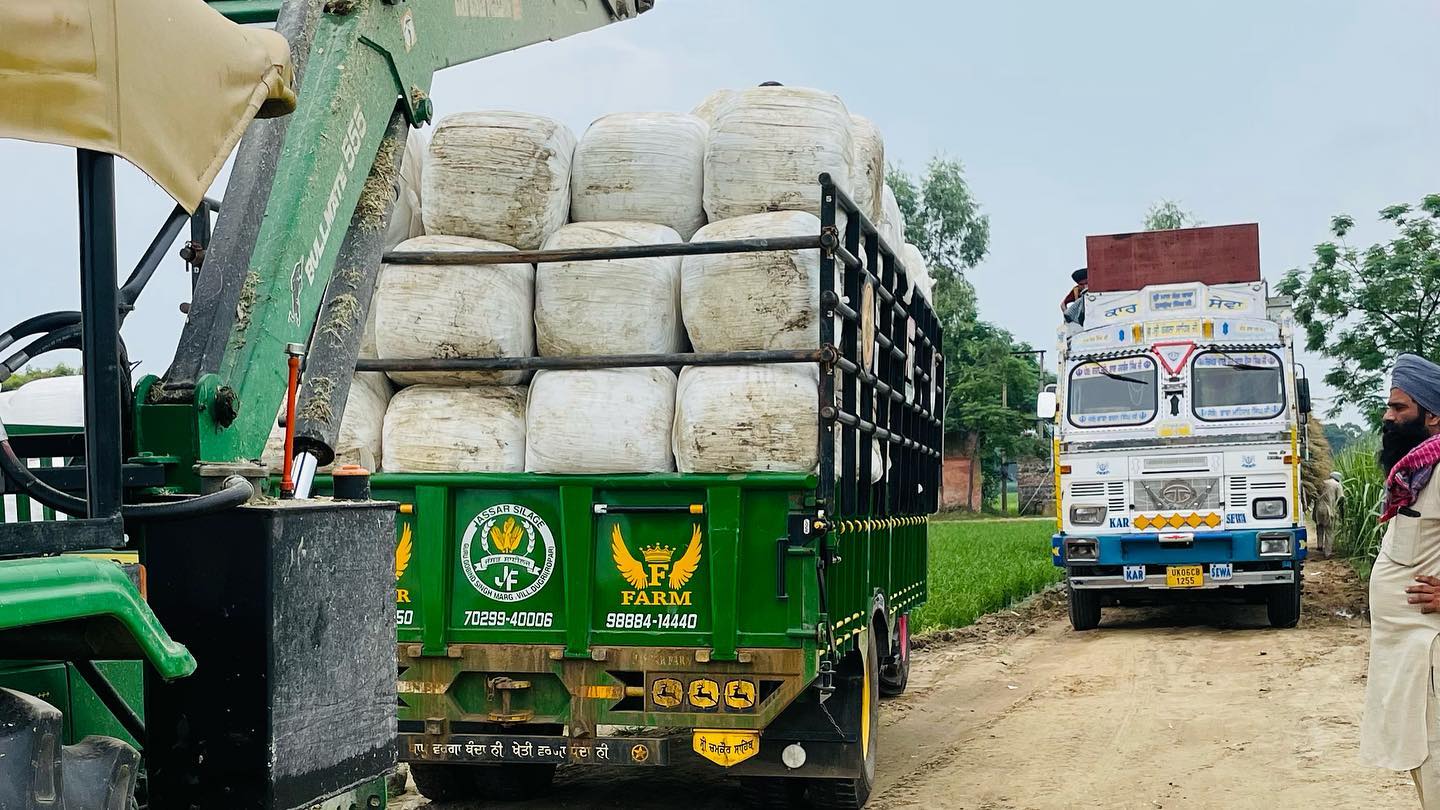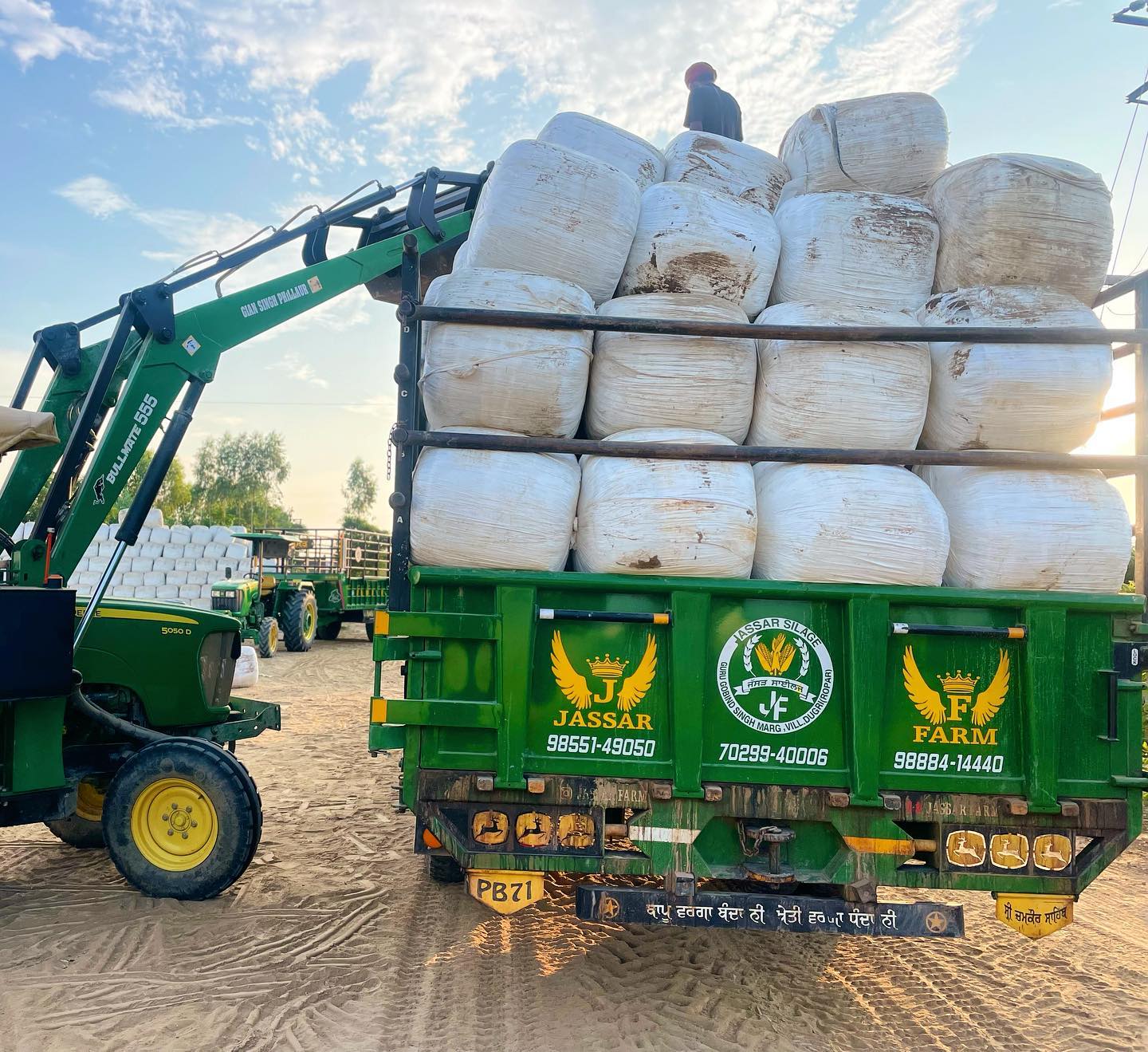
Quality and Nutirition

Sustainable Practices

Innovative Solutions

Expertise and Support
Year-Round Availability

Silage can be preserved for up to 18 months with minimal maintenance, allowing farmers to feed their livestock a nutritious diet throughout the year, regardless of seasonal changes or availability of fresh pasture.
Improved Reproductivity

The consistent and balanced nutrition provided by silage helps in improving the reproductivity of livestock. It supports better health and condition, which can lead to more regular and successful breeding cycles.
Dry Matter Availability

Silage provides a high dry matter content of around 35%, essential for the diet of ruminants. This is particularly important during times when dry forage might be scarce or of lower quality.
High Nutritional Value

Corn silage is rich in energy, providing 8-9% protein and about 3000 kcal/kg of digestible energy, making it one of the most nutritious green fodders available. Its balanced composition supports the overall health and growth of the animals.
Cost-Effectiveness

Silage offers a cost-effective feeding solution. Its long shelf life and minimal wastage reduce overall feeding costs. By improving the health and productivity of the livestock, it also contributes to increased income for the farm in a sustainable manner.
Minimal Wastage

The process of making silage involves compacting and wrapping the forage, which significantly reduces the risk of spoilage and wastage. This efficiency ensures that more of the produced feed actually contributes to feeding the livestock.
Enhanced Milk Yield and Quality

For dairy farms, including silage in the diet of dairy cows leads to an increase in milk yield. The high-quality fodder ensures that cows have a consistent supply of the nutrients needed for milk production, potentially improving both the quantity and quality of the milk.
Reduction in Metabolic Disorders

The consistency in the quality and nutrition of silage helps in maintaining stable metabolism in cattle and other ruminants. This can significantly reduce the incidence of metabolic disorders, leading to healthier livestock.
Flexibility in Diet Planning

The ability to store and use silage when needed offers farmers flexibility in diet planning and management. It acts as a buffer against fluctuating feed prices and availability, ensuring that livestock can be fed adequately at all times.


